
Organizations implement workforce management solutions to drive productivity and profitability. Workforce management solutions help organizations digitize processes that:
- Manage workers’ time.
- Forecast and deploy their workforce.
- Enable worker and manager self-service.
- Ensure worker safety.
- Increase employee (and customer) satisfaction.
Digital features transform outdated paper-based processes that limit workforces and ultimately hinder individual and organizational performance. Here are a few answers to the questions you may have regarding why and how organizations have embraced workforce management solutions.
Will it create more work for our employees?
Workforce management solutions include apps for employee scheduling and dispatching, as well as time and attendance tracking. By digitizing these processes, companies optimize workforce utilization, minimize downtime, and ensure that the right employees are assigned to the right tasks at the proper time. These capabilities lead to increased productivity – and a greater ability to serve more customers, more quickly.
Will it cost us more time and money?
Organizations use workforce management platforms to reduce labor costs by minimizing overtime expenses, eliminating unnecessary staffing, and improving resource allocation. By accurately tracking employee time and attendance, organizations also prevent time theft and reduce payroll errors, resulting in significant cost savings. By automating and digitizing paper processes (e.g., invoicing, inventory, and data collection), organizations minimize handwritten inaccuracies and eliminate paper costs. These capabilities lead to more sustainable operational processes.
Can it help us be safer?
Workforce management solutions also help organizations comply with labor laws, union agreements, and industry regulations – as well as their own code of conduct. By using digital forms for anything from equipment inspections to job site safety checks, organizations ensure compliance and accurate documentation while providing real-time visibility into current and emerging situations. This capability reduces the risk of potential issues and related fines/penalties from non-compliance.
How will employees react?
By leveraging workforce management solutions, organizations empower employees with self-service options to manage their schedules, time off requests, and availability. The solutions typically include intra-organizational messaging, which allows employees to “ask” questions, as well as communicate project updates. This capability improves employee engagement and job satisfaction.
Can it help us become smarter?
Workforce management solutions provide valuable data related to employee presence vs. performance, scheduling realities vs. customer needs, actual vs. forecasted labor costs, etc. By leveraging real-time reports, organizations identify areas for improvement and implement initiatives to optimize the use of human resources. This capability helps leaders make data-driven decisions to optimize revenues and profits.
Is it a stand-alone system?
The ideal workforce management solutions integrate with various HR, payroll, ERP systems, creating an ecosystem that eliminates data silos and automates data exchange. This capability enables seamless flow of data, reduces duplicative data entry (and related errors/inconsistencies), and provides faster internal access to a range of information.
Will it overwhelm our organization?
As companies grow and expand, their workforce requirements change. Workforce management solutions typically have built-in flexibility to scale an organization grows in terms of types of customers, number of employees, work locations, etc. These platforms handle complex scheduling scenarios, help manage diverse employee skill sets, and support multi-location operations. By using drag-and-drop scheduling dashboards, leaders quickly adjust workflows and employee assignments. The bird’s-eye capability sets up leaders to scale their businesses successfully.
What are the benefits of implementing and expanding the use of a workforce management solution?
By relying on workforce management solutions to “run” their operations, organizations achieve:
- Enhanced productivity.
- Greater cost-savings.
- Improved safety and compliance.
- Deeper employee engagement and satisfaction.
- More data-driven decisions.
- Greater ability to scale and succeed.
Share this post:
About the author : Actsoft Team
Actsoft’s team of industry experts have their fingers on the business world’s pulse. It’s our mission to deliver the latest news to keep you and your leaders on top of the latest trends, further helping you to excel and exceed your goals.

















 Encore & Geotab Drive
Encore & Geotab Drive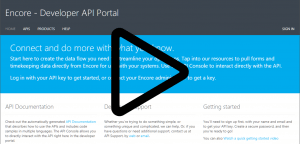
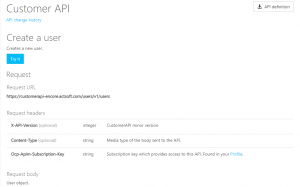
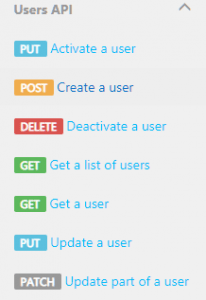


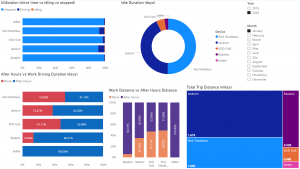
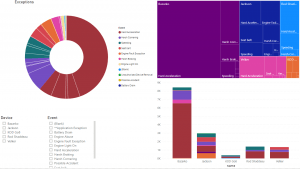

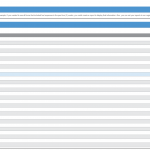
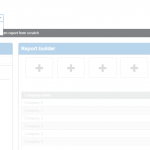
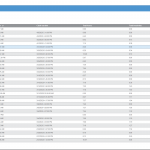
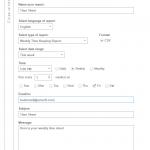




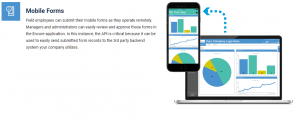
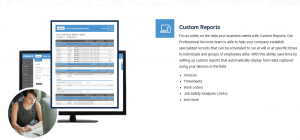
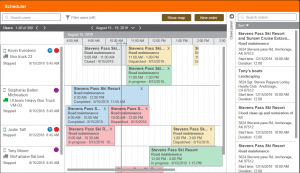
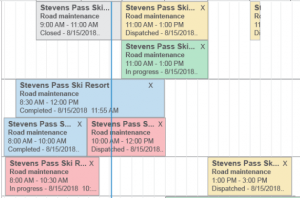

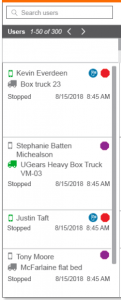
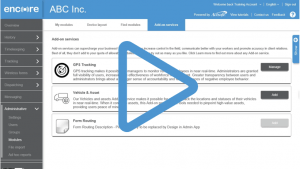
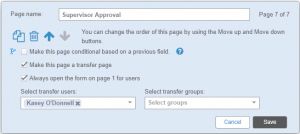
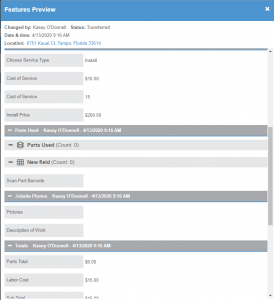
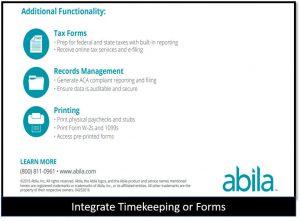
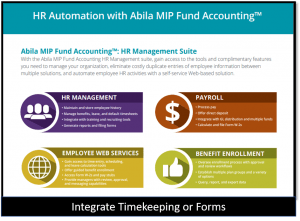
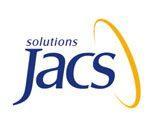
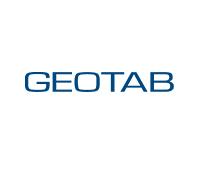 Gain even greater insight into the daily activities of your fleet using the combination of Geotab and Actsoft. Geotab devices provide detailed data collection and seamless integration with our solutions; learn more about the ways your vehicles are being used daily with the power of this tandem.
Gain even greater insight into the daily activities of your fleet using the combination of Geotab and Actsoft. Geotab devices provide detailed data collection and seamless integration with our solutions; learn more about the ways your vehicles are being used daily with the power of this tandem.

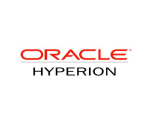

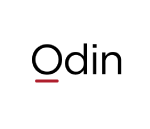 Actsoft partnered with Odin to provide our solutions overseas, through payment processing integrations. Odin helps us support user management for our software; customers can also purchase our products through Odin’s billing platform.
Actsoft partnered with Odin to provide our solutions overseas, through payment processing integrations. Odin helps us support user management for our software; customers can also purchase our products through Odin’s billing platform.

 VisTracks powers our Electronic Logging Device (ELD) solution, which enables transportation businesses to easily automate their hours of service logs, remain in governmental compliance, and reduce their potential to incur costly fines.
VisTracks powers our Electronic Logging Device (ELD) solution, which enables transportation businesses to easily automate their hours of service logs, remain in governmental compliance, and reduce their potential to incur costly fines. Integration between Actsoft solutions and BeWhere’s software products is available. Take your team’s asset tracking, cellular data connectivity, and field insight a step further with effective, cross-application compatibility.
Integration between Actsoft solutions and BeWhere’s software products is available. Take your team’s asset tracking, cellular data connectivity, and field insight a step further with effective, cross-application compatibility.
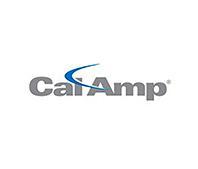 CalAmp tracking devices for vehicles and assets alike are compatible with Actsoft solutions, making it easy for you to efficiently monitor your equipment and fleet cars. Help your team enhance accountability, safety, and savings through a combination of easily installed hardware and intuitive software.
CalAmp tracking devices for vehicles and assets alike are compatible with Actsoft solutions, making it easy for you to efficiently monitor your equipment and fleet cars. Help your team enhance accountability, safety, and savings through a combination of easily installed hardware and intuitive software.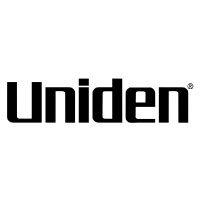 Our partnership with Uniden is ideal for companies looking to gain advanced diagnostics on their fleets. Uniden’s extensive product listing of car electronics like radios, dash cams, radar detectors, and in-vehicle communicators work in concert with Actsoft’s solutions to better connect your vehicles to the company headquarters.
Our partnership with Uniden is ideal for companies looking to gain advanced diagnostics on their fleets. Uniden’s extensive product listing of car electronics like radios, dash cams, radar detectors, and in-vehicle communicators work in concert with Actsoft’s solutions to better connect your vehicles to the company headquarters.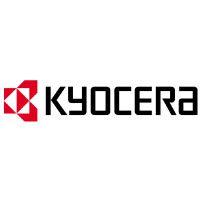 Kyocera offers a wide range of mobile devices, ranging in design from traditional phones to ultra-durable handset technology. Actsoft is able to equip organizations in a variety of different industries with solutions for improved business, while Kyocera supplies the technology they can flawlessly operate on.
Kyocera offers a wide range of mobile devices, ranging in design from traditional phones to ultra-durable handset technology. Actsoft is able to equip organizations in a variety of different industries with solutions for improved business, while Kyocera supplies the technology they can flawlessly operate on.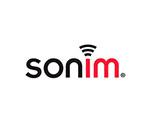

 Our software is the perfect complement to Apple’s user-friendly technology. Equip your workforce with the devices and solutions it needs for optimized productivity during daily operations with Apple and Actsoft.
Our software is the perfect complement to Apple’s user-friendly technology. Equip your workforce with the devices and solutions it needs for optimized productivity during daily operations with Apple and Actsoft.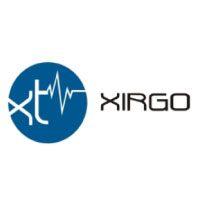
 Actsoft and Sanyo teamed up to merge intuitive business management software with the technology of today. This partnership allows us to provide you with all the tools your team needs for improved workflows, better coordination, and optimized productivity.
Actsoft and Sanyo teamed up to merge intuitive business management software with the technology of today. This partnership allows us to provide you with all the tools your team needs for improved workflows, better coordination, and optimized productivity. Motorola’s mobile technology works in tandem with our solutions to provide extra versatility to your business practices. Coupled with our software’s features, Motorola’s reliable devices make connecting your workforce simpler than ever to do.
Motorola’s mobile technology works in tandem with our solutions to provide extra versatility to your business practices. Coupled with our software’s features, Motorola’s reliable devices make connecting your workforce simpler than ever to do. We’re able to bundle certain solutions of ours (including our Electronic Visit Verification options) with Samsung devices to help your team achieve as much functionality as possible, while keeping rates affordable. Use these combinations for accurate recordkeeping, improved communication, and smarter data collection in the field.
We’re able to bundle certain solutions of ours (including our Electronic Visit Verification options) with Samsung devices to help your team achieve as much functionality as possible, while keeping rates affordable. Use these combinations for accurate recordkeeping, improved communication, and smarter data collection in the field.